A lot of excellent research has recently been put out articulating a looming food crisis brought about by the Ukraine/Russia conflict, its impact on cereal exports – notably wheat, and cautioning on the enormous impact this may have on Africa, Middle-East and other grains-intensive import countries.
Here’s my take on the situation.
A substantially more pressing GLOBAL concern – which has a profound impact across the entire agriculture production chain – covering both crops and livestock – is access to and the cost of fertilizer.
This has global ramifications and given a typical lengthy agricultural plant-grow-harvest-distribute cycle, will drive inflationary cost increases into the consumer/consumption ecosystem for some time to come. Ie As consumers we will likely only start to experience the cost input effects from this 9-12+ months down the line.
Consider the following crucial insights from John Hammond, Professor of Crop Science, University of Reading and Yiorgos Gadanakis, Associate Professor of Agricultural Business Management, University of Reading.
“This brings us to the current conflict in Ukraine. The latest sharp rise in fuel prices is directly impacting the price of fertilisers, which explains why the UN Food & Agriculture Organization (FAO) food price index reached its highest ever value in February – and is rising at the highest rate since the 2008 financial crisis.”
“… higher fertiliser prices are going to force farmers to either make an equivalent rise in crop prices at harvest or use less fertiliser. Higher prices for grain at harvest will exacerbate inflationary pressures in the economy, since the supply chain will eventually transfer the costs to the consumer in the form of higher food prices.”
“Russia and Ukraine are also major producers and suppliers of fertilisers and their raw materials. For example, Norwegian group Yara, the biggest producer and supplier of fertilisers in Europe, makes much of its product in Ukraine. Reducing western trade with Russia, and the disrupted supply lines in Ukraine, will therefore add another layer of pressure to the production and supply of fertilisers.”
“Vladimir Putin has explicitly been connecting the disruption in the trade in fertilisers with a coming surge in food prices. The Russians have just announced a suspension in fertiliser exports to the west. With major markets in Brazil, China and the US for Russian fertilisers, these global suppliers of grains to the world will be impacted.”
“Ukraine is also a huge agricultural producer in its own right, supplying significant quantities of cereals and oil crops to global markets (12% of the world’s wheat and the world’s largest supplier of sunflower oil). So at a time when many crops in Ukraine are due to be sown or those already in the ground are expecting fertilisers and pesticides, disruptions will put further pressure on this year’s harvest and lead to higher food prices. At particular risk from reductions in Ukrainian and Russian grain supplies are Egypt, Turkey and Bangladesh.”
Note further, that the Ukraine/Russia conflict crisis does not only impact the Eurozone and its immediate trading partners – historically self-sufficient agricultural powerhouses like the USA will also be materially impacted.
Consider these insights from the American Farm Bureau Federation (Shelby Myers, Economist and Veronica Nigh, Senior Economist).
“U.S. agriculture production costs are increasingly important to the near and long-term viability of U.S. farms. Fertilizer prices are the issue top of mind for farmers heading into 2022 since fertilizer costs account for approximately 15% of total cash costs in the U.S. All major crop production nutrients have experienced increased prices when compared to September 2020: ammonia has increased over 210%; liquid nitrogen has increased over 159%; urea is up 155%; MAP has increased 125%; DAP is up over 100%; and potash has risen above 134%.”
“Domestic Production vs. Imports ~ The U.S. is the third-largest producer of fertilizer globally, however, it still requires the importation of all three nutrients, especially nitrogen and potash, to fully meet demand. This means that U.S. fertilizer dealers and U.S. producers are required to pay the price defined by the global market for fertilizer and fertilizer materials, plus transportation.”
“When it comes to global exports, …. Russia is first, with 16.5% of exported nitrogen, followed by China with about 11.2% share…”.
“China is first in phosphate exports, holding 25.2% of global phosphate exports, … and Russia third with 12.7% of global phosphate exports.”
“Canada holds the largest share of global potassium exports with 36.2%, followed by Belarus at 18.5% and Russia third, with 16.5% of global potassium exports.”
“Energy and Other Variable Costs Rising ~ To make fertilizer, along with globally priced raw materials, production facilities require a large amount of energy to convert the raw chemical materials into their applicable farm-use state.”
“… natural gas is the primary building block for most nitrogen fertilizers,…this accounts for 70% to 90% of the production variable costs in the synthesis process. Natural gas prices have risen dramatically over the past few months, especially in Europe, increasing over 300% since March 2021, forcing many EU nitrogen plants to close. Plants built for this process typically take about 3-5 years to build and cost about $3 – $5 billion. The long-run impact is that when demand surges, the response time to supply via an additional plant will lag about 3-5 years at a significant price tag.”
“Short-term costs, like increased natural gas prices and production delays, have a direct impact on production because they create diseconomies of scale. When the short-term variable cost of production rises above the average cost of production in the long-run, a production facility cannot maintain that level of production in an economically viable way. It will scale back production and look for alternatives to backfill supply. With fertilizer, as the price of natural gas skyrockets and increases the cost of production, as in the case of synthesizing ammonia, U.S. producers can no longer compete with other global producers who may have a lower cost of production.”
“Pivots in Fertilizer Demand Outlook Impacting Production ~ Further impacting fertilizer supply is the reaction to COVID-19 precautions along with the continuing “accordion effect” throughout the economy. Essentially, the entire supply chain, including fertilizer production and distribution, is working overtime after being forced to slow or stall in response to pandemic safety precautions.”
“Distribution and Supply Chain Disruptions ~ Once the fertilizer is converted from raw material to on-farm use, it must be transported to retailers for growers to purchase, completing the last link in the supply chain. Now, fuel prices are up again, along with trucking rates. As more people return to the road, gasoline demand is rising beyond even pre-COVID-19 levels.”
“There has been an increase in the number of goods shipped at all stages: raw, processed and consumer-ready. Not to mention the increased demand for goods delivered directly to end-users, clogging typical distribution chains still catching up from pandemic slowdowns. This pressure and pace have increased shipping rates and labour needs as more people are required to deliver these goods. And fertilizer, as a globally exported/imported product that has to be delivered to rural areas, has been greatly affected.”
So to conclude ~ in my mind, the cost and availability of fertilizer, across the entire world, is going to systematically drive inflationary cost increases through to consumers for a considerably longer period than what most economists think or are articulating at present.
Consider these two outcomes:
Even if farmers reduce their demand for fertilizer, the net effect of that will be globally lower crop yields, resulting in lower produce available for domestic market consumption or export, which will push prices higher;
If farmers maintain their forecast planting projections and demand for fertilizer, they will need to either absorb the costs themselves or pass-through to consumers.
In both scenarios, there will be significant cost-push inflationary pressure coming into the system down the line.
Sources: https://theconversation.com/ukraine-how-the-global-fertiliser-shortage-is-going-to-affect-food-179061 https://www.fb.org/market-intel/too-many-to-count-factors-driving-fertilizer-prices-higher-and-higher
At Coopman, our own Pillars of Impact set out our intentions and guide our decisions as a business in relation to sustainability:
Economic – we take all our stakeholders into consideration when making decisions
Social – We partner with the Irish Youth Foundation.
Environmental – We partner with One Tree Planted to create a healthier climate and help reforestation efforts by planting trees globally (ie 10 trees for every placement we make).
B.Corp™ Certified – We’re the first recruitment firm in Ireland to achieve this status, and in fact we’re one of the very few recruitment firms in the whole of the UK and Ireland to have attained Certification and we are certainly within a tiny universe globally of specialist financial services focused recruitment firms with B.Corp™ Certification.







